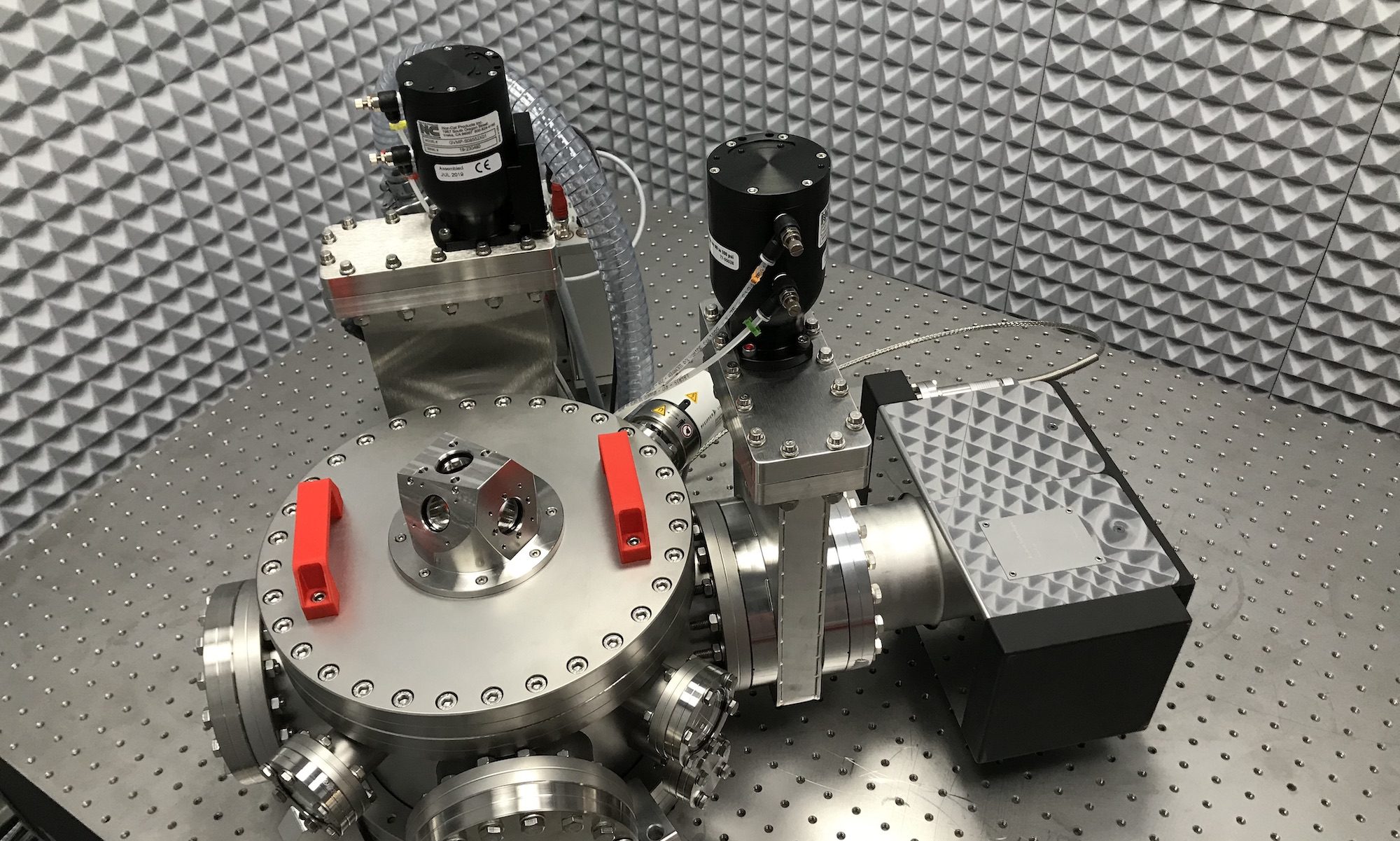As part of the research project STATE, funded by the agence nationale de la recherche (ANR), we have created a mockup of a crane to illustrate our scientific approach. The video below shows that to carry a load for an origin to a destination, if no special care is taken, one triggers large oscillations of the suspended mass. The detailed understanding of the crane dynamics allows one to anticipate and apply a smart protocol, called Engineering Swift Equilibration (ESE), to the suspension point of the load. The complex shape of the motion of the anchoring point of the cable, mathematically computed, allows the load to reach quickly its final position, with very little residual oscillations ! We say that we short-cut the final transient.
In our research, we focus on tiny systems, such as atomic force microscopy cantilevers: their length is only a fraction of a millimeter. To move them, we face problem similar to those exposed for the crane: one needs to understand thoroughly the system to anticipate and forbid (or control) its oscillations. The task gets more complexe at small scale, where Brownian motion perturbs the predictable motion of the cantilever: this thermal fluctuation of atoms is equivalent to driving the crane during a storm ! We therefore adopt a probabilistic description of our system: this is a statistical physics approach.
Watch the mockup in action during the science fair in 2021 on the youtube channel of the ENS de Lyon

To go further:
S. Dago & al., SciPost Physics 9, 064 (2020)
S. González-Resines & al., Phys. Rev. Appl. 8, 054008 (2017)

